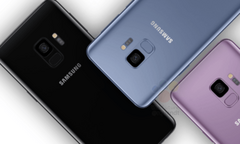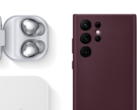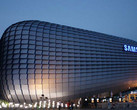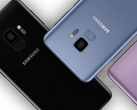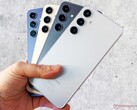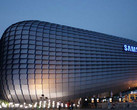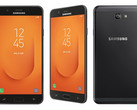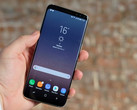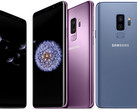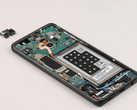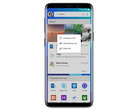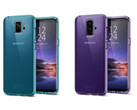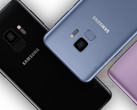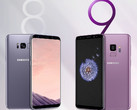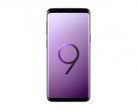The Samsung Galaxy S9 was launched in the last week of February, at MWC. The device went on pre-order in Korea on March 10 but sales numbers show it playing catch up to its successor, the Galaxy S8.
According to the report, the S9 managed to push about a 180,000 units across all three major Korean carriers, down 31% from the S8's 260,000 figure last year. Samsung's Galaxy S-series has grown in sales numbers over the years, peaking with the S8. The S9 will likely be a step backward commercially, though, as analytics experts expect it to achieve about 70-80% of the S8's sales.
There's a reason for that, of course. The S9 is seen as an incremental upgrade over the S8. Both devices maintain similar designs, which is, perhaps, the biggest factor in the buying decision of the average person. There doesn't really seem to be much to differentiate both devices, camera performance aside.
It'd be a tad foolhardy to think that Samsung didn't expect this, in any case. The S9 was always going to be a major upgrade to those using the S7 as opposed to the S8. The S10—or SX, as we expect it to be named—is where we'll likely see Samsung bringing its innovative A-game to the table.




